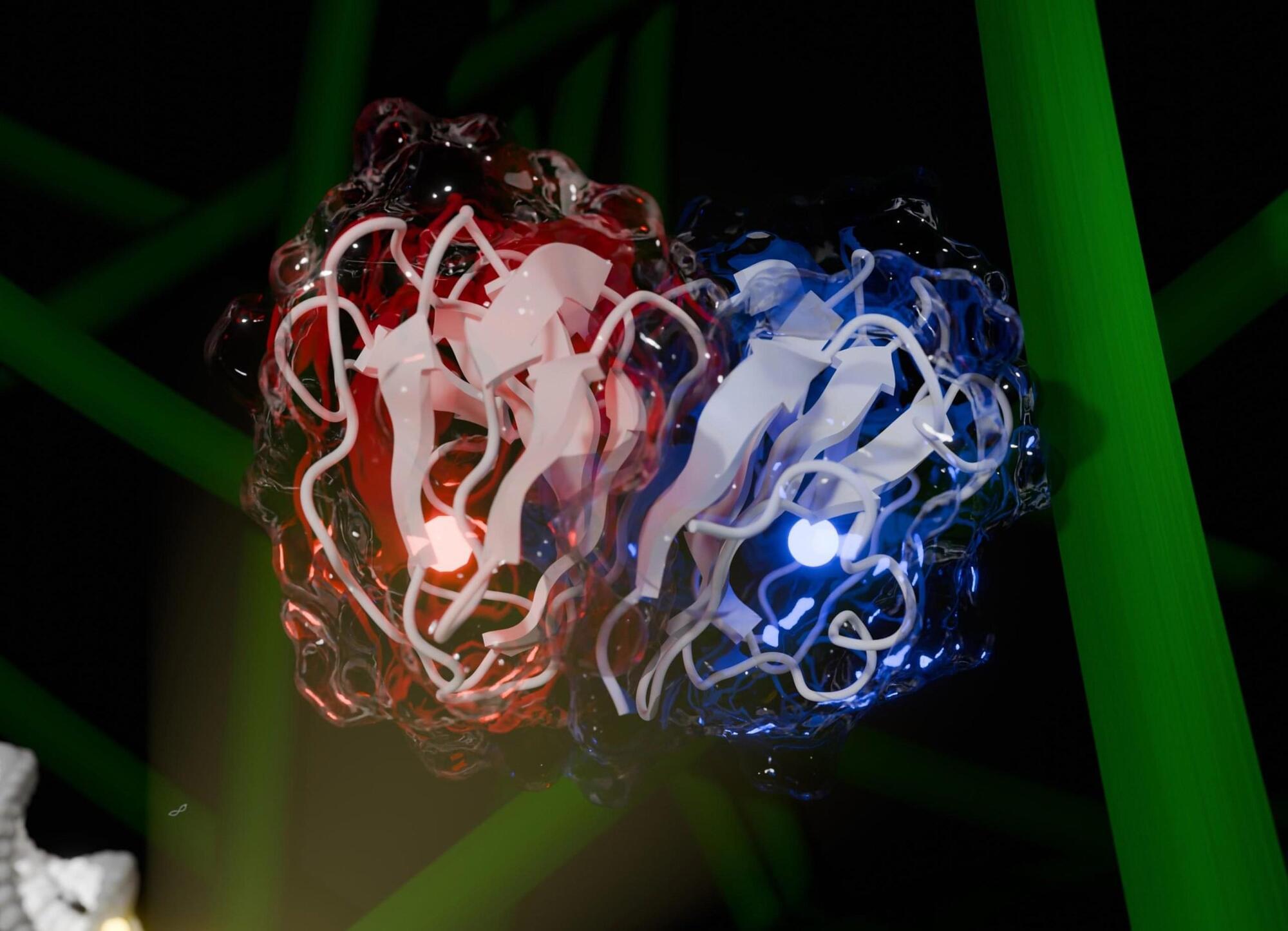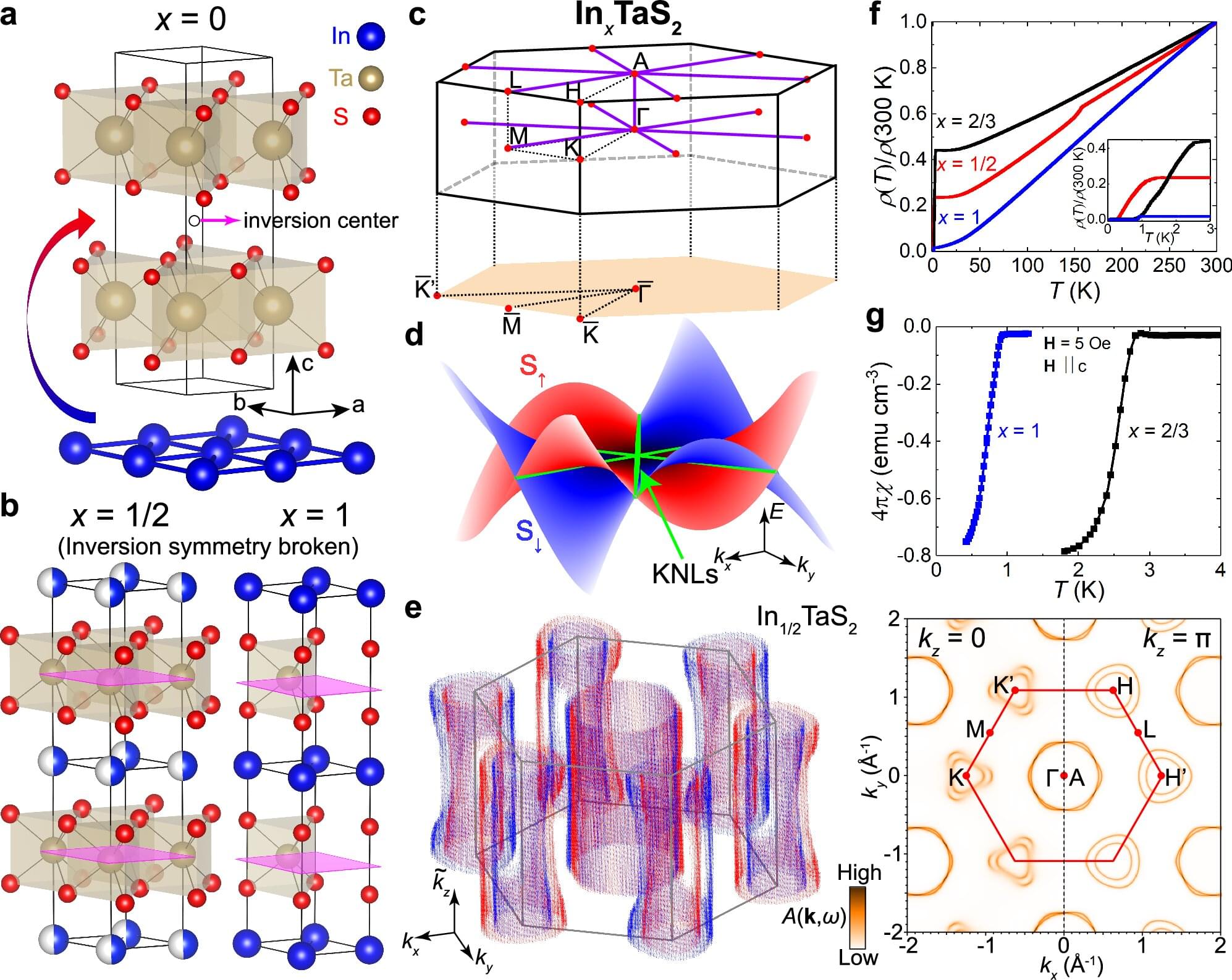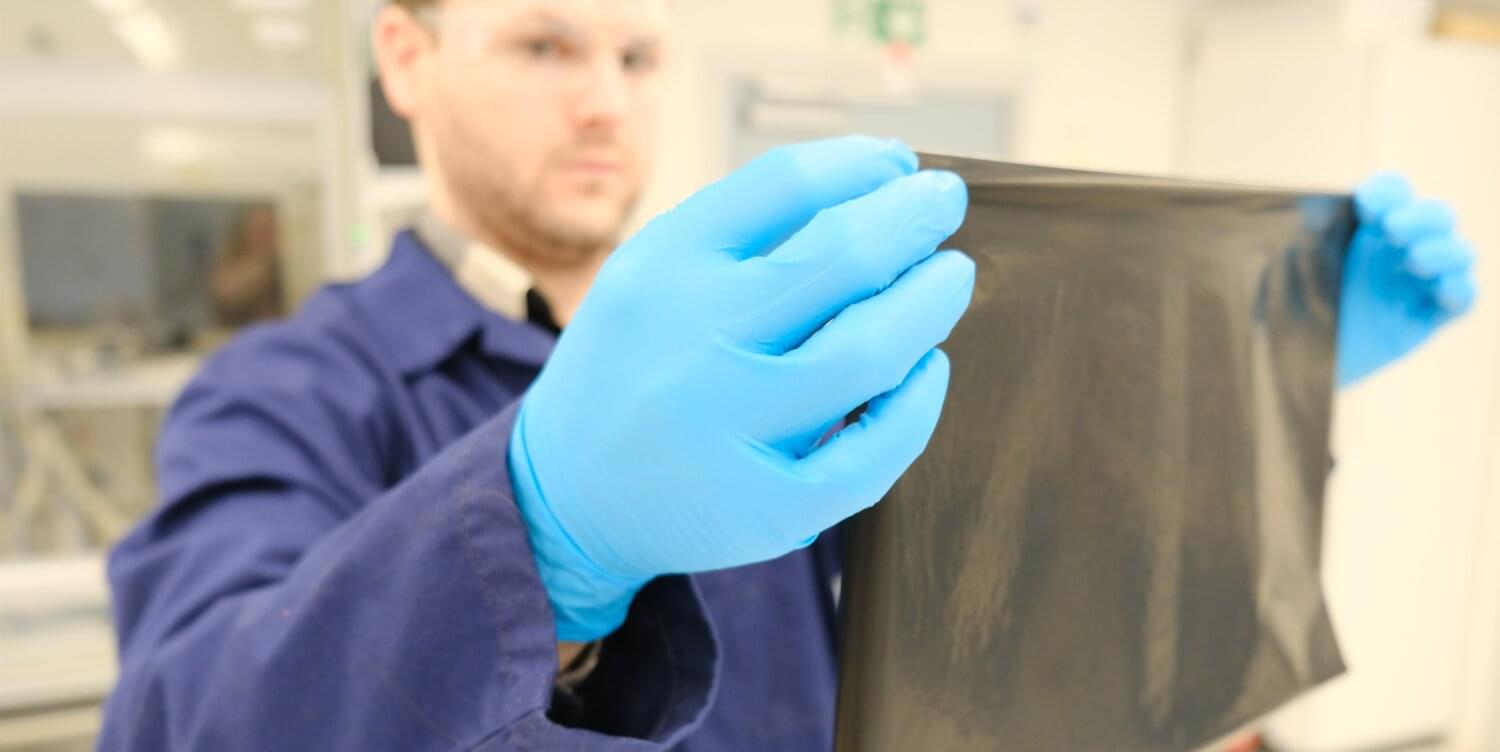Alena Tensor is a recently discovered class of energy-momentum tensors that proposes a general equivalence of the curved path and geodesic for analyzed spacetimes which allows the analysis of physical systems in curvilinear, classical and quantum descriptions. In this paper it is shown that Alena Tensor is related to the Killing tensor K and describes the class of GR solutions G + Λ g = 2 Λ K. In this picture, it is not matter that imposes curvature, but rather the geometric symmetries, encoded in the Killing tensor, determine the way spacetime curves and how matter can be distributed in it. It was also shown, that Alena Tensor gives decomposition of energy-momentum tensor of the electromagnetic field using two null-vectors and in natural way forces the Higgs field to appear, indicating the reason for the symmetry breaking.









